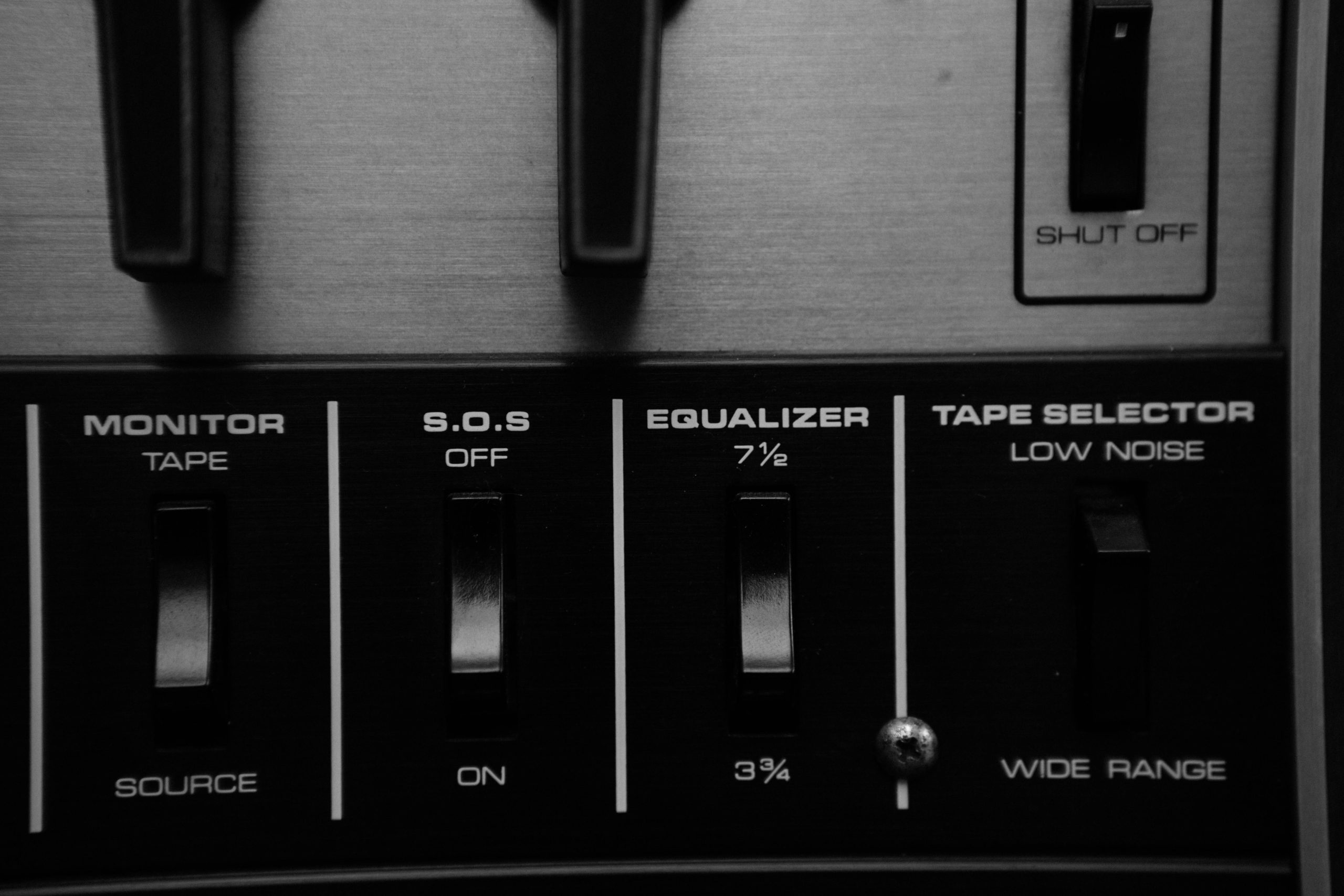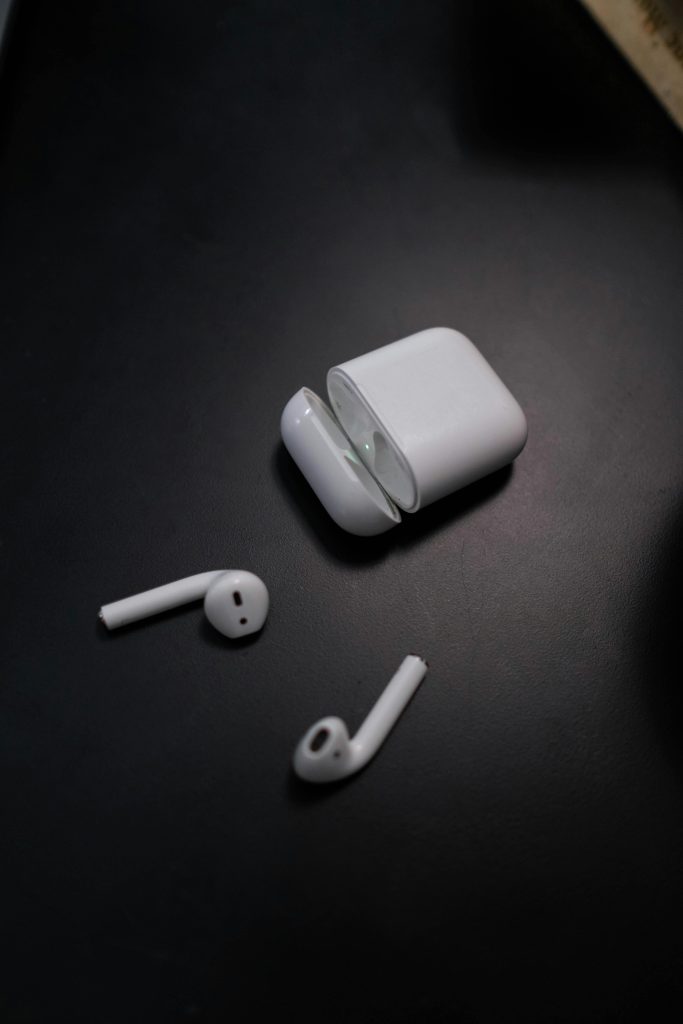Troubleshooting Black Screen Issues on Monitors After Restart with AMD and NVIDIA Hardware
Introduction
Experiencing persistent black screens on your monitors after restarting your PC can be both confusing and frustrating. This common issue can stem from various hardware and software interactions, especially when dealing with recent system updates or configuration changes. In this article, we’ll explore a typical scenario where monitors remain on standby after a reboot, despite the computer booting correctly and peripherals functioning normally, and discuss potential solutions.
The Scenario
A user reports that upon restarting their desktop computer or turning it off and back on shortly afterward, the monitors stay on standby, resulting in a black screen. Despite this, the system fully boots, and navigation is possible via keyboard. All other peripherals seem to work as intended. Interestingly, the problem only occurs when the restart or power cycle happens within a few minutes; a longer delay often results in normal display operation.
Hardware and Software Overview
- Motherboard: Gigabyte X570 AORUS ELITE (Firmware Version: F40g)
- Processor: AMD Ryzen 7 5800X
- Graphics Card: NVIDIA GeForce RTX 3080 Ti (Driver Version: 580.88)
- Operating System: Windows 10 Education
Troubleshooting Efforts
The user has undertaken several standard troubleshooting steps:
- Ensured BIOS and GPU drivers are up to date.
- Tried different GPU display connectors.
- Switched cables to rule out faulty wiring.
- Confirmed the issue is reproducible, indicating it is unlikely to be caused solely by hardware defects such as cables or monitors.
Insights and Potential Causes
Given that the problem is consistent and reproducible, attention should be directed toward hardware initialization sequences and driver interactions, especially relating to graphics output during startup. Possible causes include:
-
Fast Reboot or Power Cycling: Rapid shutdown and power-up can sometimes interfere with the GPU’s initialization, especially if the motherboard’s firmware or graphics drivers struggle to reset hardware states quickly.
-
GPU or BIOS Firmware Compatibility: Although drivers are updated, compatibility issues between the GPU firmware and motherboard BIOS may cause display detection issues during quick restarts.
-
Power State or Standby Settings: Certain Windows power management settings or BIOS configurations might be affecting how display outputs are managed post-reboot.
-
Dual GPU or Integrated Graphics Conflicts: Although not specified here, if integrated graphics are enabled alongside the discrete GPU, conflicts could arise.
Proposed Solutions
Share this content:



